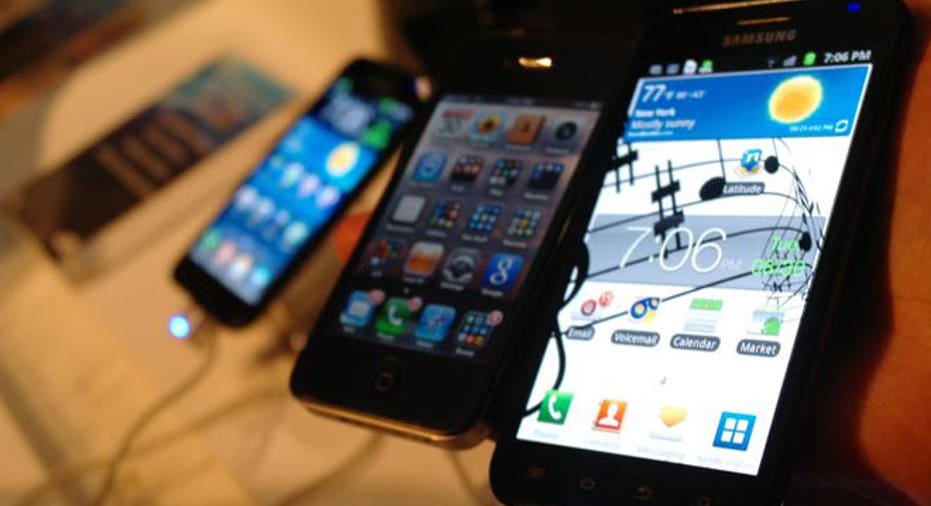Emerging Markets Drive Mobile Shopping

Consumers in the United States haven't warmed up to shopping via their smartphones as quickly as have their peers around the world, a new study finds.
Research from marketing and communications firms Havas Worldwide discovered that just 16 percent of U.S. online consumers have used a mobile device to shop online, far short of the number of consumers doing so in emerging markets such as China and India.
The study revealed an overall uneasiness with mobile shopping among Americans. Only 26 percent of those surveyed are comfortable purchasing products with their smartphones, compared to more 64 percent in China and 54 percent in India.
The research also shows that U.S shoppers are less likely than consumers worldwide to use their smartphones to comparison shop while inside a brick and mortar retailer. Less than one-third of consumers in the United States have used a smartphone to check for a better price or product reviews online while shopping for a product in a store, compared to 43 percent globally.
Matt Weiss, global chief marketing officer of Havas Worldwide, said the evolution of digital from a desktop paradigm to a mobile paradigm makes it far more difficult for marketers to retain consumers' attention.
"In markets where smartphones are the norm, brands must aim to create preference by developing apps that make transactions quick and seamless, and that offer more value than the consumer can find elsewhere," Weiss said. "More and more, this will mean making smart use of data to engage people at point of purchase with tailored offers that convince them to close the deal."
The research showed that Americans' discomfort with mobile shopping did not stem from security concerns. Globally, 78 percent of consumers worry at least occasionally about their security when shopping online. In contrast, only one in 10 U.S. shippers worries every time he or she places an order online, while one-quarter report they are never or only rarely concerned about the security of their information while making purchases online.
Weiss said it is clear from the study that the adoption of mobile shopping has been pronounced in Asia, where wider adoption of mobile shopping gives brands and developers greater incentive to push through new mobile-centric services.
"They're well placed to be ahead of the curve in the coming generations of m-shopping technologies and systems," he said.
The study was based on surveys of 10,219 adults in 31 countries.
Follow Chad Brooks on Twitter @cbrooks76 or BusinessNewsDaily @BNDarticles. We're also on Facebook & Google+. This story originally published on BusinessNewsDaily.